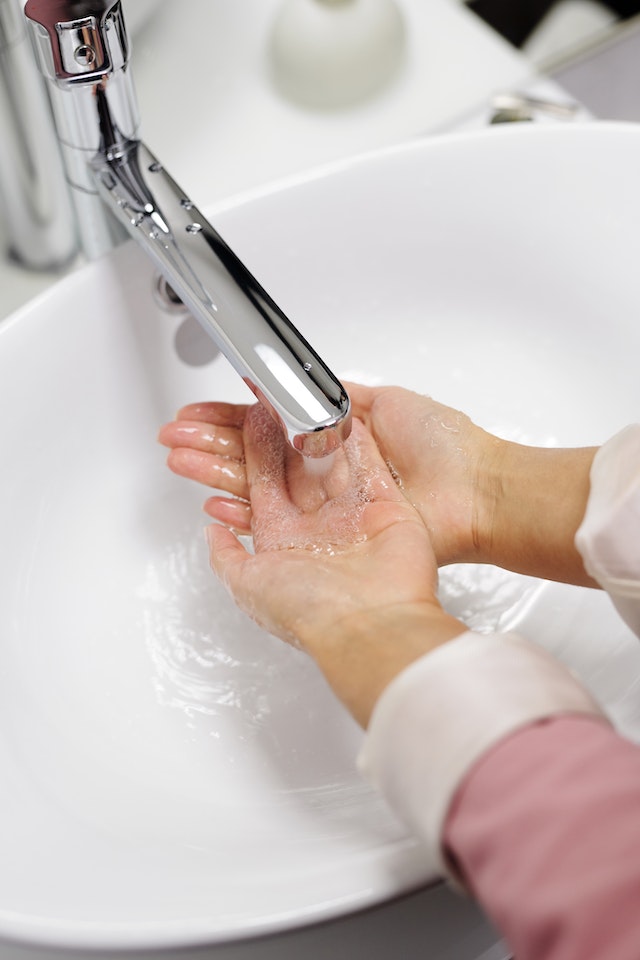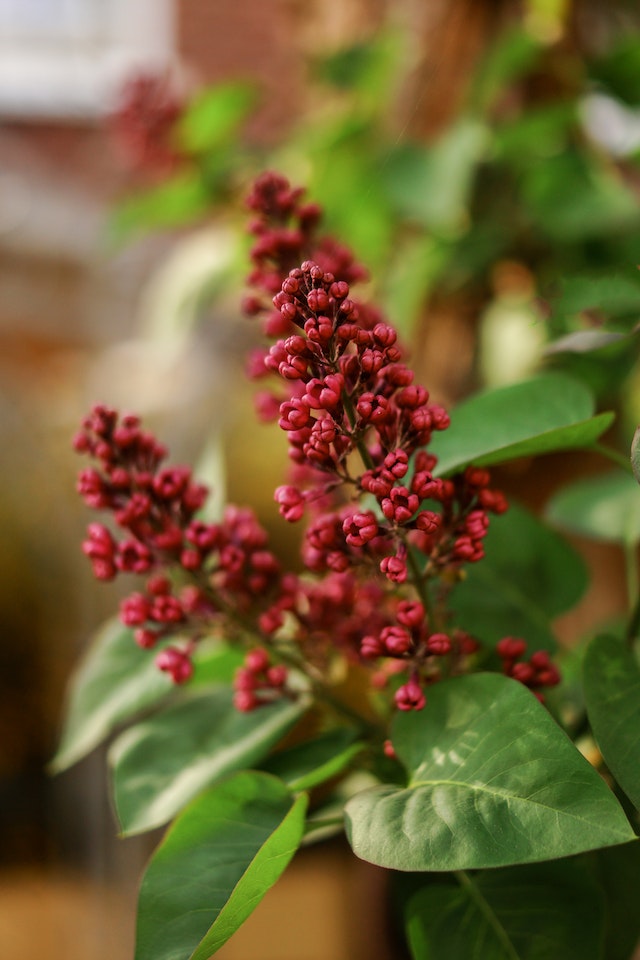Firstly, you need to know how you get hurt with poison sumac, and what are the most useful home remedies for poison sumac to deal with it.
How can you get hurt with poison sumac?
Poison sumac is a native American plant, that has on its surface an oil called urushiol.
When you touch the urushiol, you are exposed to get hurt by poison sumac having contact dermatitis.
Wooded swamps and forests contain poisonous sumac plants, so you can get it in remote areas and you have to know home remedies for poison sumac to aid yourself.

When do you start applying home remedies for poison sumac?
Once you touch the plant and its oil, you can start with the first step of home remedies for poison sumac:
Water and soap:
To get a better result use running water to get rid of the oil and use the soap three times.
Alcohol based-wipes:
Also, you can use them to remove the oil.
It is very important to avoid touching any objects with your hands containing the oil, also wash well your clothes and shoes and anything you carry to prevent its spreading.
You may relax when you know that the allergy doesn't spread if you touch the injured person's blisters or the fluid gets out from them.
All the danger and infection come from connecting the oil to the plant or an object.
So take care of touching anything without washing your hands immediately.
Also, you must know that the urushiol oil can remain on objects for years and become a source of renewed infection.

Resorting to other home remedies for poison sumac:
The first time you contact urushiol, your immune system recognizes it.
You will get hurt if you repeat touching the oil after a period.
After one to three days from contacting the oil for the second time, you may get a rash or other symptoms that are irritating.
Knowing the symptoms helps you to deal with them.
Symptoms of poison sumac:
Rash:
It looks like red spots may turn into blisters. It appears in the area where the skin contacts the oil. This rash may appear as streaks or patches.
Blisters:
If the infected area fills with fluid then it is called a blister. Take care that pus in blisters is considered a severe case.
When any symptoms of these appear you can start to use home remedies for poison sumac.
In severe cases it may cause:
Fever:
Over 38° C, which means you have been infected.
Very irritant allergy:
Preventing you from sleeping or worsening your quality of life.
Blisters may spread all over the body.
Breathing and swallowing become difficult.
Even if blisters spread only around sensitive areas like eyes, lips, and genitalia, that is considered a severe case.
And when you tried home remedies for poison sumac and it didn't work. You should go to the doctor in severe cases.
Home remedies for poison sumac:
1- Calamine lotion:
The lotion you can buy over the counter to relieve itching.
2- Anti-allergic lotion:
If rashes are countable.
3- Oral antihistamine:
When you have many blisters and topical antihistamines can't get over the allergy.
But you should know that antihistamines may not work well as in other types of allergy, but we consider it as a trial for symptom relief.
4- Hydrocortisone cream:
It is a strong corticosteroid anti-inflammatory.
5- Colloidal oatmeal bath:
Use warm water and sprinkle colloidal oatmeal in it, then soak the affected area for 15 to 30 mins then dry your body without rubbing.
6- Cool compress:
For 15 to 30 mins several times during the day.
Severe cases:
If home remedies for poison sumac didn’t work within 7:10 days, the case got worse or the case started severely, you need to go to the doctor immediately.
Doctor’s visit:
Before going to the doctor, you need to know accurately what you used as home remedies for poison sumac that you tried and tell the doctor about them to get them out of his medical plan if he needs to.
Then you should tell him the whole history since you got hurt till your visit to him, including the symptoms, and describe the severity of each one of them.
Don’t forget to say any improvement if it happens.
Poison sumac, poison Ivy and poison oak:
To your knowledge, those three plants aren't poisonous, but they have urushiol oil on their surfaces leading to the same symptoms, prevention, and treatment so you can apply home remedies for poison sumac also with poison ivy and poison oak allergy.
Difference between sumac spices and sumac poison:
The first time I read about poison sumac I thought about sumac spices and how we use them in our food while it's poisonous.
After searching about both of them I found some differences that can reassure you about using sumac spices.
Simply poisonous sumac berries are white, while sumac berries used as spices have a red color.
Poison sumac is found in the United States of America, but spices are less common in America.
Sumac as a spice has a characteristic smell and odor like lemon but not sour as it.
Most Arabian countries use sumac spices in food without any worry or side effects.
Finally, we can say that ivy, oak, and sumac plants may be used in drugs and food and can also be poisonous.

At the end of our journey with poison sumac:
You should take care of yourself while entering forests or wooded swamps in the United States of America, especially in New York.
You need to know home remedies for poison sumac to treat it when it happens and when you intend to camp or go to forests it is better to have them.
Finally, I wish you never get hurt by poison sumac.


You must be logged in to post a comment.